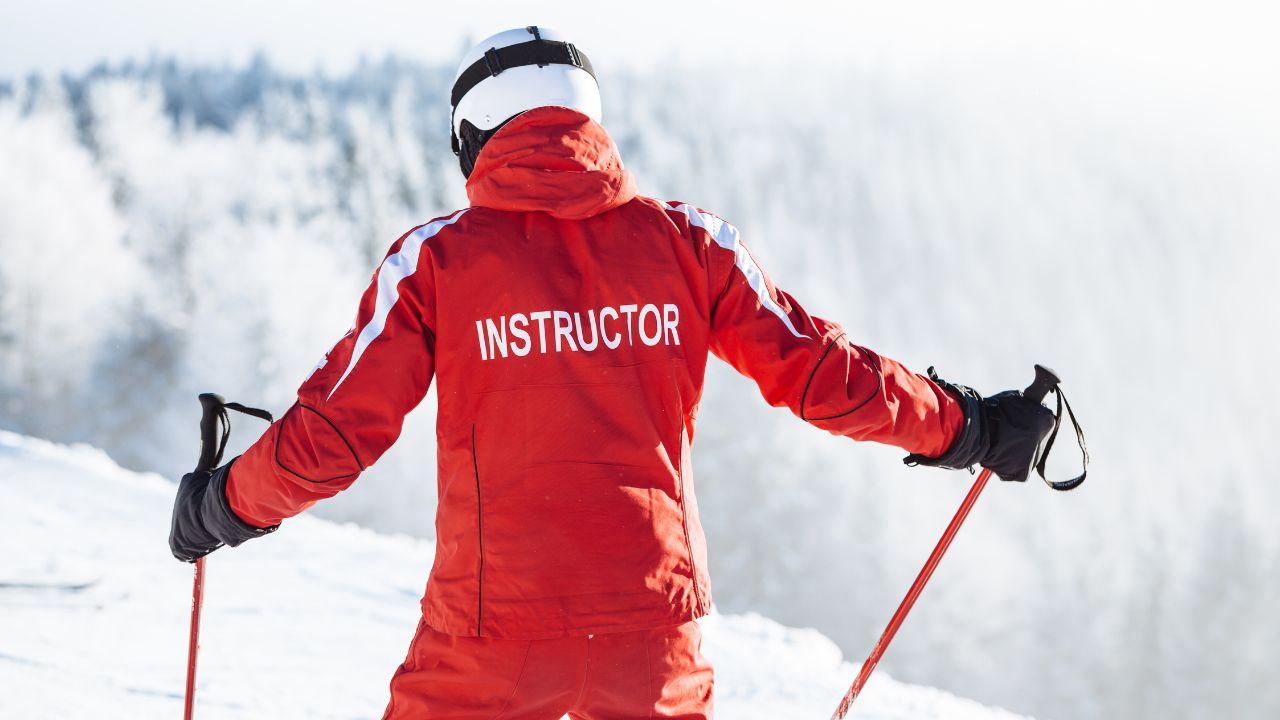How to start skiing?
From ski equipment to holding, discover our tips and tricks to start skiing and quickly gain confidence.

Mountain holidays offer an unforgettable winter experience for families looking for adventure. To ensure a memorable and safe holiday, it is essential to prepare the ground well, especially if you are new to the art of skiing. In this article, we will guide you through the crucial steps to start skiing, focusing on introducing your children to the pleasures of winter sports.
Practical guide to start skiing
Choosing the right material
Before you hit the slopes, it is important to ensure that you and your children are equipped with the right equipment. Visit our website or shop where our team of experts will advise you on the choice of skis, boots and poles adapted to each family member.
Ski lessons for all ages
For a pleasant and safe experience, consider taking ski lessons. The experienced instructors at our partner stations are trained to teach beginners of all ages. Group lessons can be a great opportunity to share fun moments while learning the basics of skiing.
This is the right position to take: lean forward, bend your knees, find balance, be flexible on your skis and lean on the outside ski.
Choosing the right tracks
Opt for beginner and family slopes for the first descents. These slopes are specially designed for beginners, offering gentle slopes and well maintained courses. Gradually explore the different levels of difficulty as family confidence grows.
Putting your children on skis
Putting your children on skis can be a joyful and rewarding experience. Start by familiarizing them with the equipment in a safe environment. Let them walk on skis and get used to the feeling. Encourage them to bend their knees and maintain a stable balance. Playful games, like sliding gently down a gentle slope, can make this stage fun and exciting for children.
In conclusion, starting skiing with the family requires careful preparation, good equipment and a fun approach. By focusing on safety and fun, you will create lasting memories for the whole family. Don’t forget to visit our ski hire shops for quality equipment. May your first descents be filled with laughter, discoveries and complicit moments on the snowy slopes!
Our tips and tricks
Prefer the rental of ski equipment
Getting started in skiing requires equipment suitable for beginners. For this, we recommend that you go through ski rental. Indeed, our rental stores will be able to offer you the ideal material that perfectly matches your profile, to give you a first idea. Renting your equipment from professionals is the guarantee to enjoy the first turns. And if the equipment does not suit you, you can change equipment in store.
Opt for a physical training
How to prepare physically for skiing? Whether you are a beginner or an expert skier, skiing is a demanding sport that requires good physical training. From ankles to knees to thighs and back, a ski season is prepared in advance.
Why train before skiing?
Skiing is a sport that requires muscle building as well as endurance. To enjoy your ski trip, we recommend doing exercises that engage the abdominal strap, leg muscles and heart. Bike, running, swimming, squat, slot, find a list of exercises on specialized sites.
Buy good ski socks
A recurring problem among skiers: having cold feet in ski boots! At Ski Republic, we advise you to buy good ski socks to avoid wasting a day on the slopes. The choice of ski socks is essential to ensure optimal comfort in the shoes. Choose socks according to your morphology and your size, but especially models adapted to the practice of winter sports, technical socks that evacuate perspiration and regulate the temperature.
Choose a comfortable and technical ski outfit
Choosing a ski outfit is essential to ensure comfort, warmth and freedom of movement on the slopes. Choose the 3-layer system:
- First layer (technical underwear): its role is to evacuate moisture from the skin outwards, thus ensuring optimal thermal regulation;
- Second layer (fleece): the middle layer aims to retain the heat generated by the body. Insulating materials such as fleece, synthetic down or other thermal fabrics are often used for this layer. It offers additional protection against the cold, trapping the heat generated by the body;
- Outer layer: the third layer, the outer layer, is the layer of protection against external elements such as wind, snow and rain. This layer must be waterproof and windproof while allowing moisture to escape. Waterproof and breathable ski jackets and pants made of materials like Gore-Tex are commonly used as an outer layer.